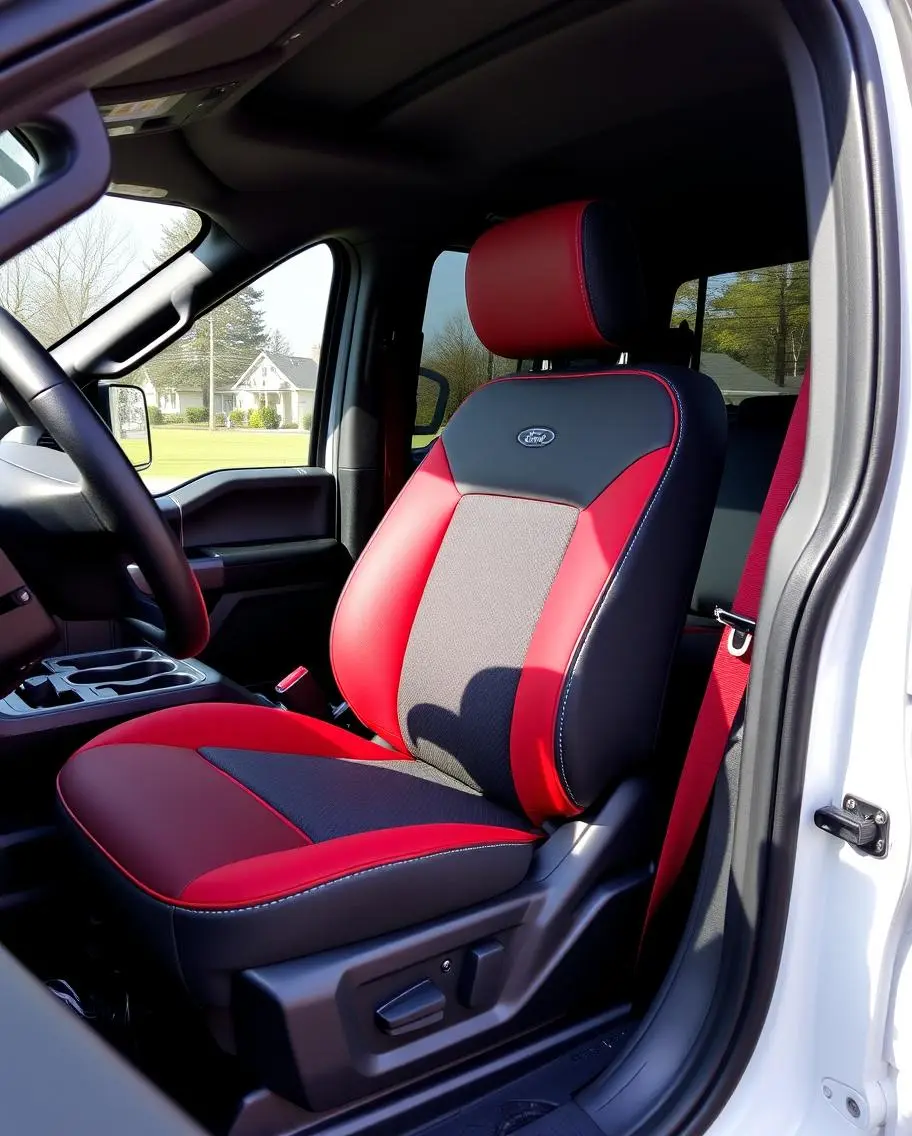Importance of Automotive Leather Seat Covers in Modern Vehicles
Early Innovations in Steam-Powered Vehicles
The concept of self-propelled vehicles has been a subject of human ingenuity for centuries. One of the earliest recorded instances of an autonomous rolling machine dates back to 1673, when the French Jesuit Ferdinand Verbiest (1623-1688) devised a 3-wheel steam car. Verbiest’s invention was more of an artifice than a practical vehicle, yet it laid the groundwork for future innovations in automotive technology.
Fast forward to 1769, when French engineer Nicolas Joseph Cugnot (1725-1804) constructed the first self-propelled vehicle for which there is historical documentation. This vehicle, known as the “fardier à vapeur” (meaning “a cargo wagon driven by steam”), was a significant milestone in the history of automotive engineering. Cugnot’s fardier featured three cart wheels, with a single wheel at the front and two at the rear, and weighed approximately 2,800 kg. The front wheel was powered by a steam engine, positioned where a draft horse would typically be in a conventional cart.
Cugnot’s design utilized a massive coal-fired tank that generated steam to drive pistons and rods, which in turn converted the linear motion produced by steam pressure into rotational motion. This mechanism allowed the front wheel to rotate, propelling the vehicle forward at speeds ranging from 3 to 8 km/h. Though rudimentary by modern standards, this invention was a pioneering step towards the development of the automobiles we know today.
Advancements in Steam Car Technology
The early 19th century saw further advancements in steam car technology. In 1820, English mechanical engineer George Medhurst built a steam car capable of transporting a person between the London boroughs of Paddington and Islington. This marked another leap forward in the evolution of self-propelled vehicles, showcasing the potential of steam power as a viable means of transportation.
However, these early steam-powered vehicles were not without their limitations. They were heavy, slow, and often cumbersome to operate. Despite these challenges, the groundwork laid by inventors like Verbiest, Cugnot, and Medhurst paved the way for the eventual development of internal combustion engines, which would revolutionize the automotive industry.

Safety: The Top Priority
As automotive technology evolved, so too did the focus on safety. In modern vehicles, safety is always the top priority, and this extends to every aspect of the car, including seat covers. While seat covers might seem like a minor consideration, they play a crucial role in ensuring both comfort and safety.
Choosing the right material for your automotive seat covers is essential. True leather seat covers are a popular choice because they fit securely and do not move around. A seat cover that is too loose may shift during driving, creating a distraction or even compromising the effectiveness of the car’s safety features. On the other hand, a cover that is too tight may cause discomfort and restrict movement, making it difficult to drive safely.
Design Considerations for Automotive Leather Seat Covers
The design of automotive leather seat covers is another critical factor to consider. Covers with extra padding or quilting can enhance comfort, especially on long drives. However, these designs may also be more prone to movement, which can lead to safety concerns. A more streamlined design may be less likely to shift around, providing both comfort and security.
When selecting seat covers, it’s important to look for features like reinforced stitching or built-in airbag compatibility. These features provide additional protection during a crash and reduce the risk of injury to passengers. Ensuring that your car seat covers do not interfere with any of the car’s safety features, such as airbags, is essential for maintaining the vehicle’s overall safety.
The Comfort and Style of Leather Seat Covers
Beyond safety, leather seat covers add a layer of comfort to your driving experience. This is particularly important during long trips or for drivers with back problems, as the extra cushioning can alleviate discomfort. Additionally, leather seat covers offer an opportunity to customise your vehicle’s interior, allowing you to reflect your personal style. With a wide range of colors, patterns, and even embroidered designs available, you can make your car truly unique.
Myths and Misconceptions About Seat Covers
There are many misconceptions surrounding car seat covers. Some people believe that seat covers can harm the original upholstery, while others see them as necessary for protecting the seats from wear and tear. In reality, automotive leather seat covers serve as an additional protective layer, helping to maintain the original appearance of the seats for an extended period. Well-maintained car seat covers can even enhance the resale value of your vehicle.
Choosing the quality of car seat covers: Car seat covers have to be durable and resistant to the wear and tear of everyday use. There are two main factors when choosing your car seat covers:
Material Quality – Materials like leather or suede for a luxurious feel and enhanced durability.
Comfort Features – Considering factors like seat cushioning and compatibility with airbags ensures a snug fit and maximum safety. Seat covers of premium quality help regulate temperature, preventing seats from becoming too hot or cold, creating a more comfortable environment for your driving experience. Additionally, a diverse array of options that align with your preferences and needs add a touch of style to your car’s interior.
Custom fit leather seat covers go beyond being mere decoration. Car seat covers that do not slip or slide at every turn offer peace of mind as you fully immerse yourself in the journey. Here are some basic reasons why you are getting premium quality automotive leather seat covers:
- They provide the perfect level of cushioning to save your posterior and lower back from the pain of slipping or sliding at every turn.
- They protect your seats from everyday wear and tear.
- If you choose custom automotive leather seat covers that declare your personal style, they can instantly upgrade the interior look of your car.
- Protecting the original seats can maintain or even increase the resale value of your vehicle.
Automotive leather seat covers have a luxurious look, easy to clean, durable and great for active lifestyle. They also provide extra warmth during winter. Investing in high-quality leather seat covers can save your money in the long run as compared to any low-quality seat covers. Choosing the best seat covers involves considering your lifestyle, budget, climate, and many other preferences.
The Impact on Safety and Driving Experience
Some may view car seat covers as a luxury item, but they also play an important role in improving car safety by preventing distractions during long drives. A seat cover that does not fit securely or tends to move around while you are driving can be a major distraction, drawing your attention away from the road and increasing the risk of an accident. Thus, selecting the right seat covers is not just about aesthetics or comfort—it’s also about ensuring a safer driving experience.
From the early steam-powered vehicles of the 17th and 18th centuries to the advanced automobiles of today, each step in this journey has been marked by a focus on improving both performance and safety.
In modern vehicles, even seemingly minor components like car seat covers play a crucial role in enhancing safety, comfort, and style. By choosing high-quality leather seat covers that fit securely and do not interfere with safety features, drivers can enjoy a safer and more comfortable driving experience, while also adding a touch of personal flair to their vehicles. As we continue to push the boundaries of automotive technology, it’s important to remember that safety should always be at the forefront of any innovation.
